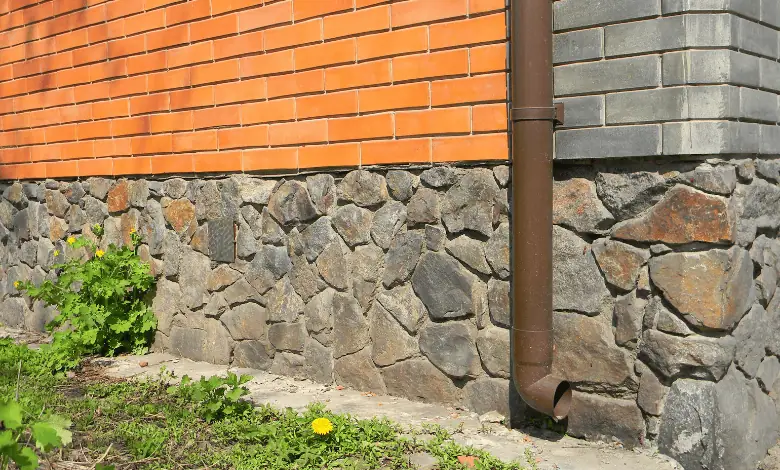Foundation Drainage – Protecting Your Home’s Structural Integrity

Many homeowners are unaware of the damage that foundation drainage issues can cause. Insufficient drainage can cause soil to swell or shrink unevenly, shifting and cracking the foundation.
Foundation drains, also called french drains, are installed around the perimeter of a structure’s foundation walls. They have a slope that carries water away from the home to sewers or bodies of water.
Waterproofing
Foundation drains help prevent water damage by draining the water away from the structure. It is vital because stagnant water causes various problems, including soil erosion, foundation damage, mold growth, and poor air quality.
If the drainage isn’t sufficient, it can cause many problems for homeowners and should be fixed immediately. These problems include foundation cracking, flooding in the basement, and sagging floors and walls.
When the foundation is adequately drained, the water is pushed away from the house through perforated pipes that run to daylight, dry wells, or sump pumps. Some contractors choose to bury the drain pipe in gravel, but the open end of the pipe should be covered to prevent access by rodents, frogs, and snakes. Ideally, this drainage system should be installed during construction, but it can still be added to existing homes and is typically covered by home warranty plans. Foundation drains also work with waterproofing on the walls to create a practical and durable foundation for your home.
Repair
By drawing water out of the vicinity of the foundation, foundation drainage systems shield the structure from harm. Additionally, they reroute the water to a lawn irrigation system, drainage ditch, or other device that can remove it from the foundation. These systems relieve hydrostatic pressure that can cause movement of the foundation or wall and can disperse water vapor that may contribute to a humid environment.
Footing drains, usually installed during concrete foundation installation, are one type of exterior drainage solution. They can be placed on top of the foundation footing or alongside it, and some codes require that the bottom of the drain pipe be no less than six inches above the foundation footing.
Perimeter drains are another popular option, and they often run to a sump pit or daylight to remove water from the foundation area. The drain pipe is typically constructed from rigid or perforated drain tile with the drainage holes facing down, but it doesn’t necessarily need to be sloped. A slight pitch helps keep silt and clay from accumulating in low spots that can clog the pipe over time.
Replacement
Water damage in the basement or crawlspace leads to mold growth, wood rot, metal corrosion, structural damage, and other costly issues. Effective waterproofing and foundation drainage are essential to preserving the integrity of your home.
Perimeter drains relieve hydrostatic pressure by channeling groundwater from the foundation into a perforated drainage pipe. These are typically installed in the footing during construction but can be added afterward.
If you add a drain after the fact, ensure it is connected to a sump basket that collects all the excess water. The sump pump then discharges the water to prevent clogging. It will keep the system working correctly and prevent groundwater from rising under the footing and pushing against the foundation walls. Another popular option is a french drain, also known as a weeping drain. The small holes in the surface of this type of drain allow water to enter and exit as needed without blocking.
Maintenance
Foundation drainage systems prevent moisture buildup by diverting water away from the house. It can help protect against mold, mildew, and other basement problems. There are several different ways to do this. Some of the most popular solutions include French drains and bubbler pots.
These systems are typically installed during construction but can also be installed in existing homes. They work by directing ground water to a sump pit and carrying it away through discharge lines.
Perforated pipe is usually used for foundation drains, and a geotextile cloth or cover is placed over it, which acts as an absorbent mesh sock. It allows the soil to filter through and keep the pipe from clogging.
The drainage system is usually sloped to carry water away more efficiently. It is essential to help protect against erosion and soil settlement around the foundation walls. It also helps prevent groundwater from reaching the footing level and creating hydrostatic pressure against the foundation.
Explore more by checking out our other articles!






